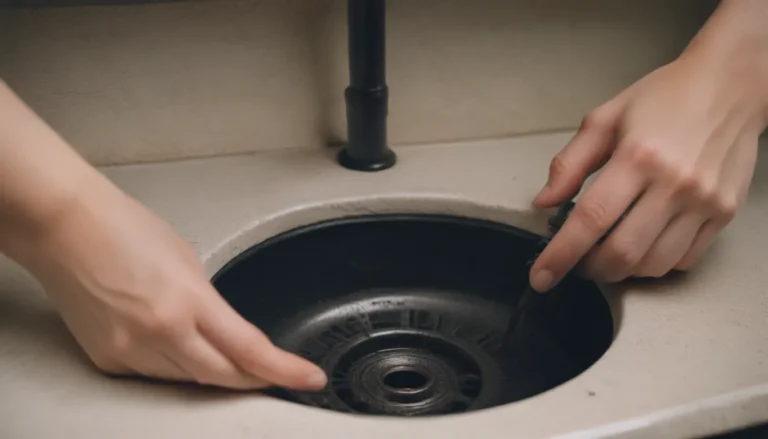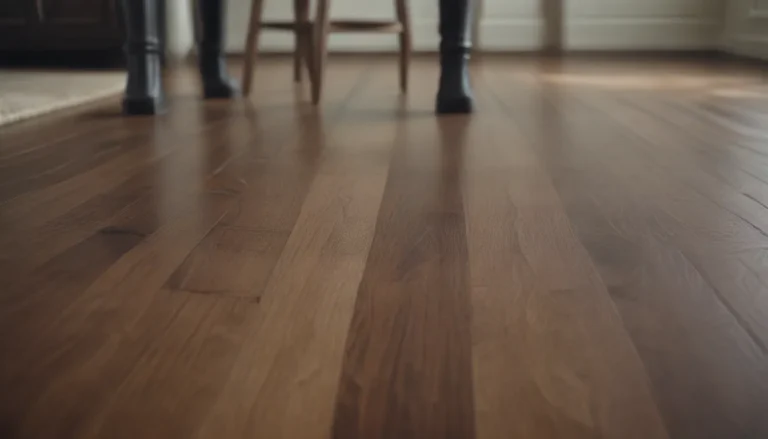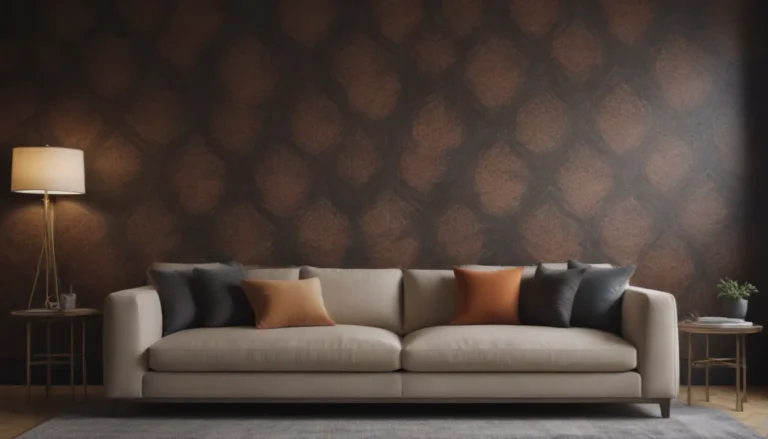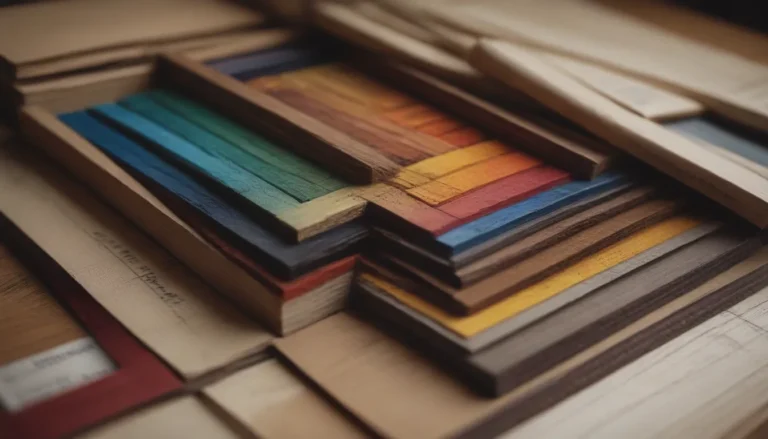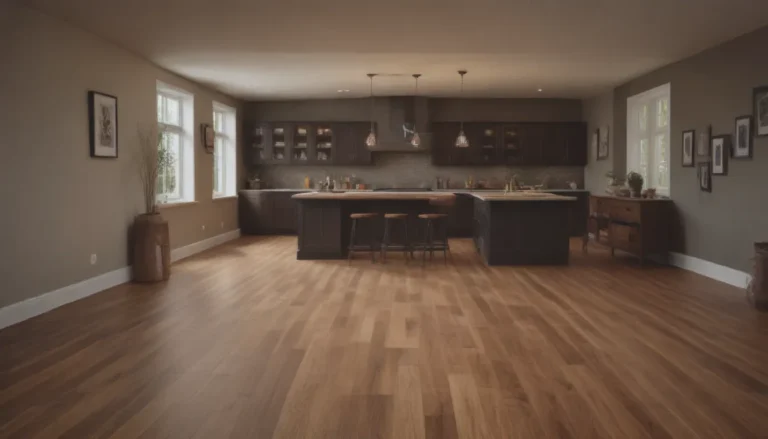The Ultimate Guide to Wood Parquet Flooring: Everything You Need to Know
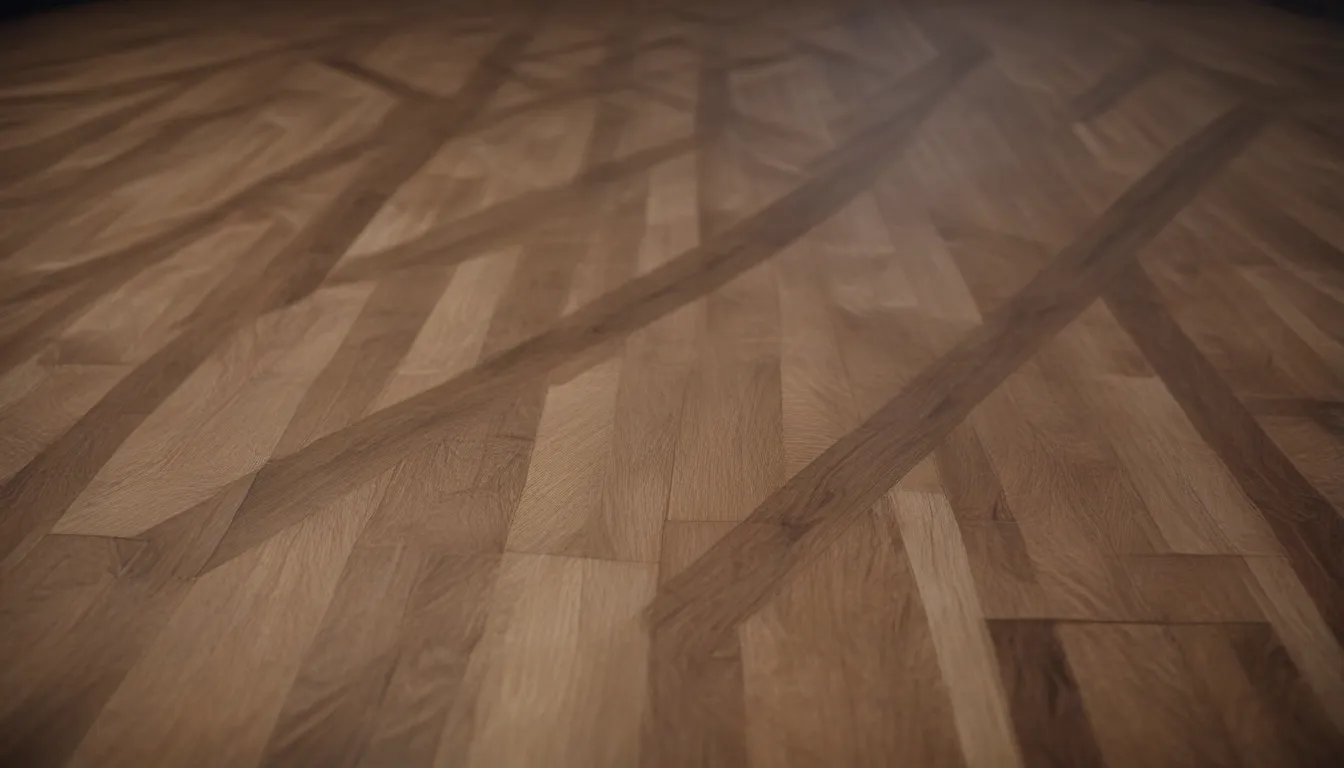
If you’re considering updating your home’s flooring and want to add a touch of elegance and uniqueness, wood parquet flooring might be the perfect choice for you.
What is Wood Parquet Flooring?
Wood parquet flooring is made by arranging small pieces of hardwood in repeating patterns. This flooring style was extremely popular in the 1960s, gracing the floors of kitchens, dining rooms, dens, and rec rooms across the U.S. While its popularity waned as other flooring options like laminates and luxury vinyl became more prevalent, wood parquet flooring still holds a special place in the hearts of many homeowners.
Pros of Wood Parquet Flooring:
- Bold Style: The geometric patterns of parquet flooring make a bold design statement in any home.
- Easy Installation: Parquet tiles are simply glued down to the subfloor, making installation easier than traditional hardwood planks.
- No Initial Finishing Required: Most parquet flooring tiles come prefinished, eliminating the need for staining or varnishing.
- Ideal for Midcentury Modern Styles: Parquet floors are a perfect fit for midcentury modern home designs.
- Refinishing may be possible: Many modern parquet tiles are made of solid wood, allowing for refinishing if needed.
Cons of Wood Parquet Flooring:
- Hard to Find: Sources for wood parquet tiles are limited, making it challenging to find the style you want.
- Style may seem dated: Some people may view parquet flooring as old-fashioned.
- Poor choice in moist, humid locations: Parquet flooring is not recommended for wet or humid areas.
- Refinishing options limited: Due to the alternating wood grain direction, refinishing parquet floors can be complicated.
- Susceptible to scratch damage: Like other hardwood floors, parquet flooring is vulnerable to scratches.
The History of Wood Parquet Flooring
The origins of parquet flooring date back to the 16th century when wealthy aristocrats had craftsmen painstakingly arrange small pieces of hardwood in geometric patterns over marble flooring. While hardwood floors were a staple in luxury homes for centuries, the post-war era saw a shift towards carpeting. However, in the 1960s and 1970s, manufacturers began mass-producing thin parquet tiles, bringing this classic flooring style back into vogue.
Cost of Wood Parquet Flooring
Real wood parquet flooring typically costs between $20 to $45 per square foot. Premade wooden parquet tiles are more common and cost between $7 to $10 per square foot.
Maintenance and Repair
Caring for wood parquet flooring is similar to caring for any hardwood floor. Regular sweeping and dry mopping are essential, while wet spills should be cleaned up promptly with a damp washcloth. Avoid using waxes, as they can make the floor slippery and damage the factory finish. While sanding and refinishing may be possible for some parquet floors, it’s best to leave major refinishing projects to experienced professionals.
Design Considerations
The intricate patterns of parquet tiles lend a unique 3D appearance to any room, making a bold statement. However, not everyone appreciates the busy, patterned look of parquet flooring. If you’re considering selling your home in the future, parquet floors may not appeal to everyone. Parquet flooring is best suited for midcentury modern home styles and historically accurate restorations or remodels.
Installation Process
Installing parquet flooring tiles is easier than traditional hardwood planks, as they are simply glued down to the subfloor. It’s vital to ensure the subfloor is flat and sturdy to prevent visible flexing in the surface flooring. Parquet flooring is best installed at or above grade and is not recommended for basements or wet areas. Taking care to lay out the tiles correctly is essential to achieve straight and symmetrical patterns along the edges.
Comfort and Convenience
Parquet floors offer the warmth and softness of wood underfoot, making them more comfortable than hard flooring materials like ceramic or stone tile. However, they can be noisy and may benefit from the addition of area rugs for increased comfort.
Parquet vs. Hardwood
While hardwood flooring remains a popular choice for many homeowners, parquet flooring offers a distinctive and elegant alternative. The dramatic appearance, easy installation, and suitability for midcentury modern home designs make parquet flooring a unique option. However, if decor flexibility or future resale value is important to you, traditional hardwood planks may be a better choice.
In conclusion, wood parquet flooring is a timeless and elegant option for anyone looking to add a touch of sophistication to their home. Whether you’re drawn to the bold geometric patterns or the rich history of this classic flooring style, parquet flooring can transform any space into a stunning showcase of craftsmanship and design.
So, if you’re considering updating your flooring, why not give wood parquet flooring a try? With its unique charm and timeless appeal, it’s sure to make a statement in your home that will be admired for years to come.
